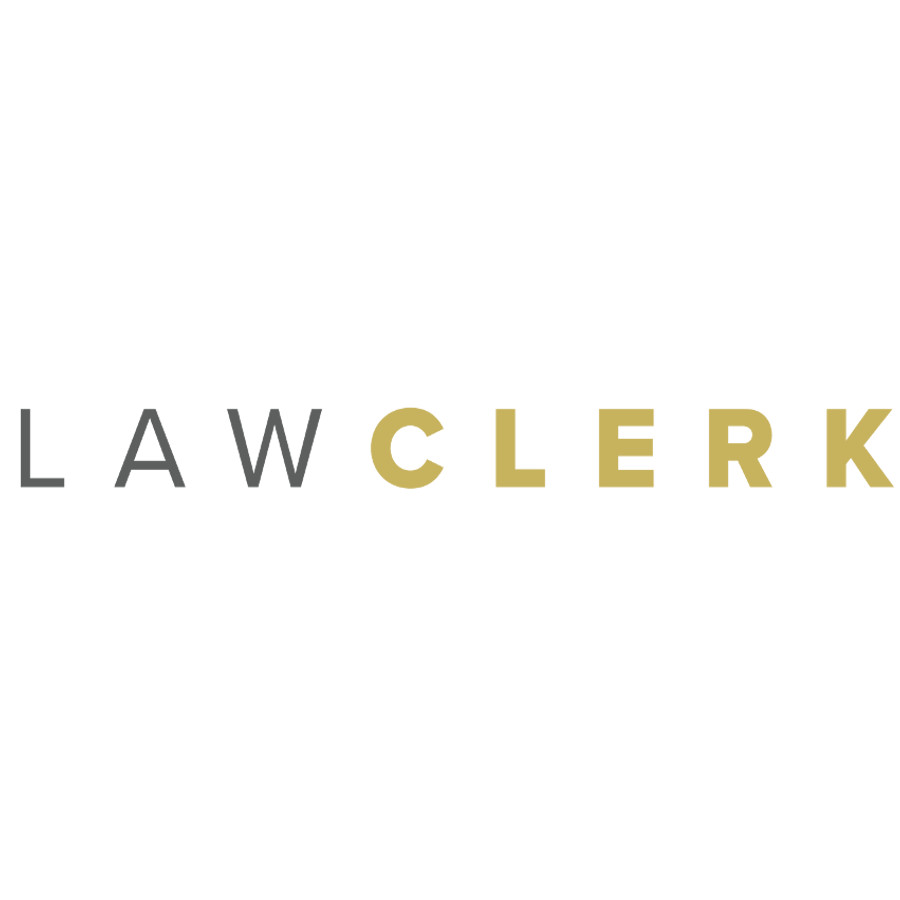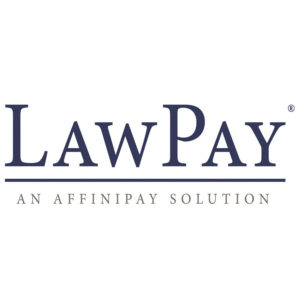There is often a gap between the way things function and the way things ought to function. Law firms in particular are susceptible to this problem. Law firms are bastions of doing things “the way they’ve always been done.”
This is because lawyers are cautious and thorough. They are reliant on precedent and tradition. Most importantly, they are concerned not about themselves or their firm, but their clients. If a contract or process or procedure has sufficiently provided sound results for clients in the past, lawyers are going to be reluctant to change it.
Move Fast, Break Things
Change is often not welcome within the legal field. See the continuous stream of complaints about legal writing [Hereunto, wherefore, premises considered, three (3) forms…] as an example.
Law firms are often managed in a fashion that could kindly be referred to as “historic.” Policies and procedures were set in place decades ago and continue on, not because they are the right ones for the job, but because “we’ve always done things this way.”
Coming in with a fresh set of eyes and understanding of computers and technology, perhaps you see a way in which to improve and build on it. Something that was put in place ten years ago and does not take advantage of modern workflow procedures. You see incongruities and think you can fix them.
Be Wary of Chesterton’s Fence
Before you run off to break things in your firm, let me tell you about Chesterton’s Fence. Supposedly a favorite of John F. Kennedy, the fallacy of Chesteron’s fence is as follows:
In the matter of reforming things, as distinct from deforming them, there is one plain and simple principle; a principle which will probably be called a paradox.
There exists in such a case a certain institution or law; let us say, for the sake of simplicity, a fence or gate erected across a road. The more modern type of reformer goes gaily up to it and says, “I don’t see the use of this; let us clear it away.”
To which the more intelligent type of reformer will do well to answer: “If you don’t see the use of it, I certainly won’t let you clear it away. Go away and think. Then, when you can come back and tell me that you do see the use of it, I may allow you to destroy it.”
Policies and procedures that are in place are likely there for a purpose – a partner set it up that way for a reason. There is a fair chance that the process involves other moving parts that you’re not aware of.
A lawyer with decades more experience than you has a perspective that allows them to recognize issues you can’t perceive. They are not looking at a process on an individual basis, but how the process has evolved and been shaped over the course of dozens of matters.
What might seem inefficient to you, could actually be the appropriate amount of due diligence required to make sure something is done right.
How To Break Things In A Law Firm
If you are truly convinced you could offer a way to improve a process and add value to the firm – watch.
In today’s fast twitch, always reactive world, it’s tempting to see a problem and feel as though you need to take immediate action to rectify it. But there is much to be said for the process of patient observation.
If you truly feel that there is something in your firm that could be improved upon – processing of discovery requests, how a particular type of contract is drafted – watch the process in a variety of matters over the course of a few months.
Try to understand every aspect of the process and the documents & communications that flow through it. If after a few months of observation, you still feel as though the process can be improved, develop a plan to improve the process and implement it.
Choose a single matter in which you can exert some level of control. Try your new procedure, implement your new process. If your experiment is successful, break it apart.
- Why did it work?
- Can it be broken down into easy-to-follow tasks?
- Is it something that can be rapidly taught and implemented by many people?
- Does it requires special knowledge of some kind?
If after all has been said and done, you genuinely feel as though you can help improve the efficiency of the workplace – request a meeting with a partner who is familiar with the process.
Show, Don’t Tell
Before you jump right into presenting your new idea for the process, you ask them questions.
- Why was it set up in this fashion?
- What is it designed to address?
- Does it integrate with other processes at the firm?
As you discuss on the topic, now is the time to put forth your plan and explain how it works. Emphasize that this isn’t some hypothetical idea. Explain why you changed the process and show how it worked better in the example matter.
Depending on the senior attorney this could evoke genuine interest or a brutal cross-examination. Be prepared for both. Regardless, the senior partner should be impressed by one thing: you care.
By trying to help your law firm become more efficient, you showing that you’re not a mindless drone, coming into work to grind away at your desk.
You are attempting to be more productive, help the firm, and add value. Yes, doing this will make you stand out and attract attention – but why do you want to blend in?














